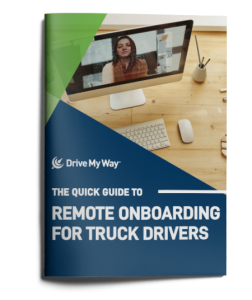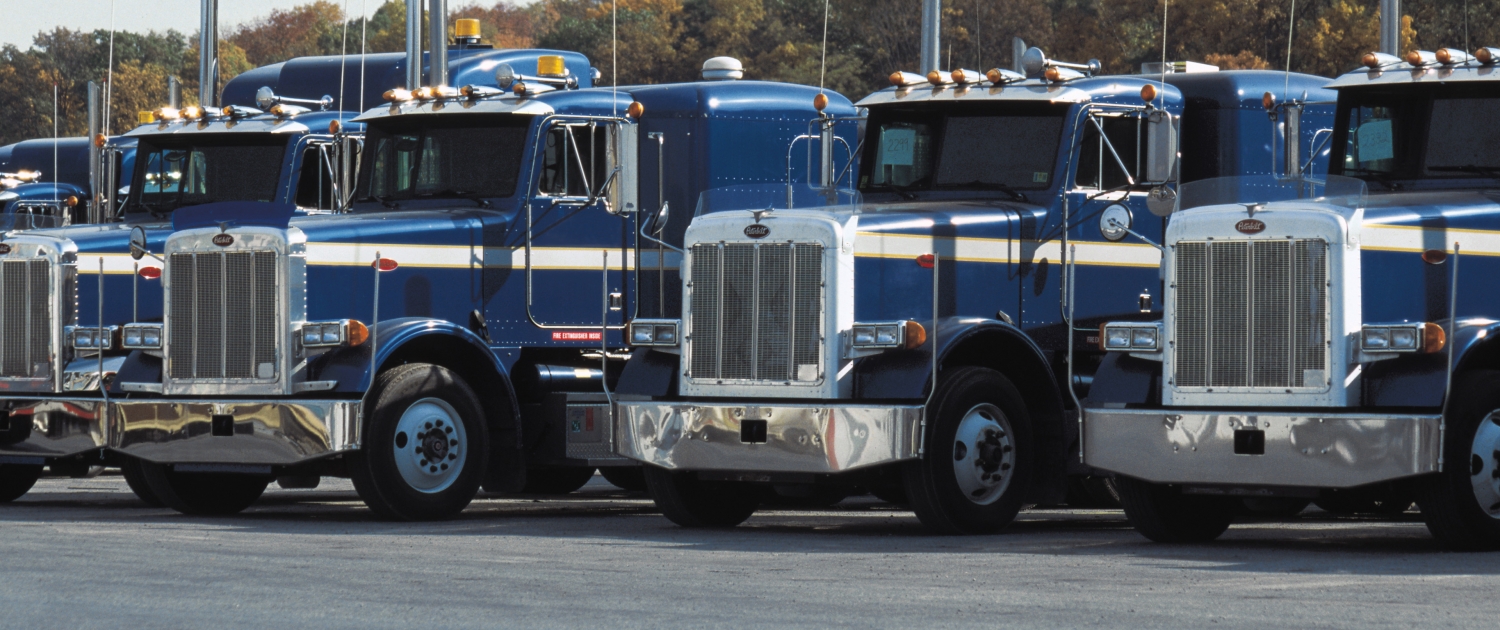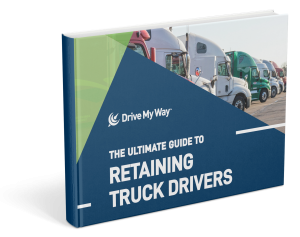
When was the last time you applied to your own trucker job posting? Yes, that sounds strange, but there are reasons why trucking recruiters should try applying to their own postings. Since job postings are the first type of engagement that leads directly to a driver being considered for a job, it’s crucial to get them right. Recruiters can test their own job postings by making sure they are simple, user-friendly, and check off all the right boxes. With hundreds of other carriers out there, truckers have very little time to read every job posting, which makes getting it right all the more important. Here’s a helpful checklist for your ideal trucker job postings.
1. Optimize for Search Engines
The content of your trucker job posting is irrelevant if no one sees it online. Even if you have the best written job description and images, it won’t matter if it doesn’t show up on online searches or the right advertising channels.
If you’re sharing job postings on digital channels, it becomes crucial to reach your target audience. You can optimize your job posting with keywords and phrases that truckers are searching for. Use Google Keyword Planner or similar tools to keep a pulse on which terms drivers search, and the match those in your job descriptions.
2. Mobile-friendly

More and more job seekers are searching for jobs on their mobile devices. Even if they end up not applying through mobile, they’ll browse and shortlist the jobs while on-the-go.
Creating job postings which are mobile-friendly will ensure they are easy to read and view on small devices. Ideally, your entire application process is mobile-optimized, including a single-sign on functionality and save-application features.
But this starts with the job postings themselves.
- Is the text easy to read and understand on mobile?
- Or is the font size not optimal for mobile?
- Are images clear and detailed?
- Or over-sized and blurry?
View and apply to your own job posting on mobile to make sure it works as planned.
3. Calls to Action
Every piece of text in your trucker job description should be designed to lead to the APPLY NOW button. That’s your call to action. After you’ve successfully persuaded a driver to consider working at your carrier, you don’t want to be searching aimlessly for how to proceed next.
Make sure your call to action buttons are front and center, and easy to identify.
You may want to include it two or three times, depending on the length of the job posting. Including a call to action at the very top and the very bottom of the post is essential, with another one in the middle being optional.
4. Contact Information
Where should drivers turn if they have questions about this job? Your trucker job posting should have easily identified contact information. Have you posted a phone number, email address, or other contact info? If truckers don’t see contact information, they won’t wait around to investigate. They’ll simply move on to the next job posting that sounds good.
If the job is posted on your own website or other digital channels, you can even integrate chat functionality for more optimal communication. This way drivers can write to recruiters in real-time with their questions. If recruiters are away at the moment, a chat bot can be programmed to deliver automated responses and record driver queries until you are able to get back to them!
5. Text Description
 Finally, we are getting to content. Did you notice that we didn’t cover it yet? This isn’t because the content of your trucker job postings isn’t important! Rather, it’s because you can get the content just right, but still not have a strong posting if you miss out on other things on the checklist. With the job posting description itself, it’s all about striking a balance.
Finally, we are getting to content. Did you notice that we didn’t cover it yet? This isn’t because the content of your trucker job postings isn’t important! Rather, it’s because you can get the content just right, but still not have a strong posting if you miss out on other things on the checklist. With the job posting description itself, it’s all about striking a balance.
You want it to be long enough to hook drivers and give them the important details. But if it’s too long, it may more drivers with unnecessary details which they’ll just ask about later anyway.
Rather than a simple bulleted list of responsibilities and qualifications, you’ll want to paint a picture of the experience and the company.
Use a varied hierarchy of text to mix how the information is presented. Important details can be highlighted by using bolding, underlines, or different font sizes. Anything you can do to visually catch the eye of the reader will make that information stand out.
6. Images
In addition to the text description, make sure your job postings contain images. In fact, the richer multimedia content you can include, the better. Depending on the channel of the posting, you may be able to include more graphics, or even a video featuring testimonials from your own drivers.
It’s very important to show images that represent the experience truck drivers will have. For many drivers, seeing a picture of the type of truck they’ll be driving is essential before they consider working for that carrier. Make sure images have good resolution, that they are the proper size, and that they are placed in the right position on the page.

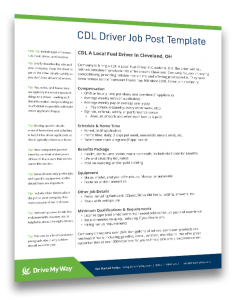


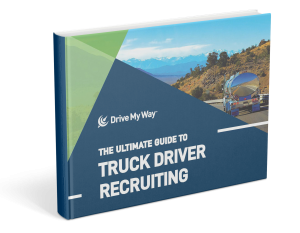


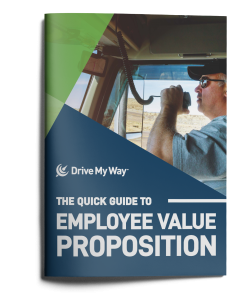





 What are your lead contacting best practices? How quickly are they being contacted? Once a lead comes in,
What are your lead contacting best practices? How quickly are they being contacted? Once a lead comes in, 
 Knowing how and when to use technology depends on a good understanding of its strengths and weaknesses. You’ll soon recognize that these usually complement human strengths and weaknesses. For example, one of the weaknesses of human effort is a limited capacity. You only have a limited number of recruiters, limited budgets, or limited time.
Knowing how and when to use technology depends on a good understanding of its strengths and weaknesses. You’ll soon recognize that these usually complement human strengths and weaknesses. For example, one of the weaknesses of human effort is a limited capacity. You only have a limited number of recruiters, limited budgets, or limited time.

